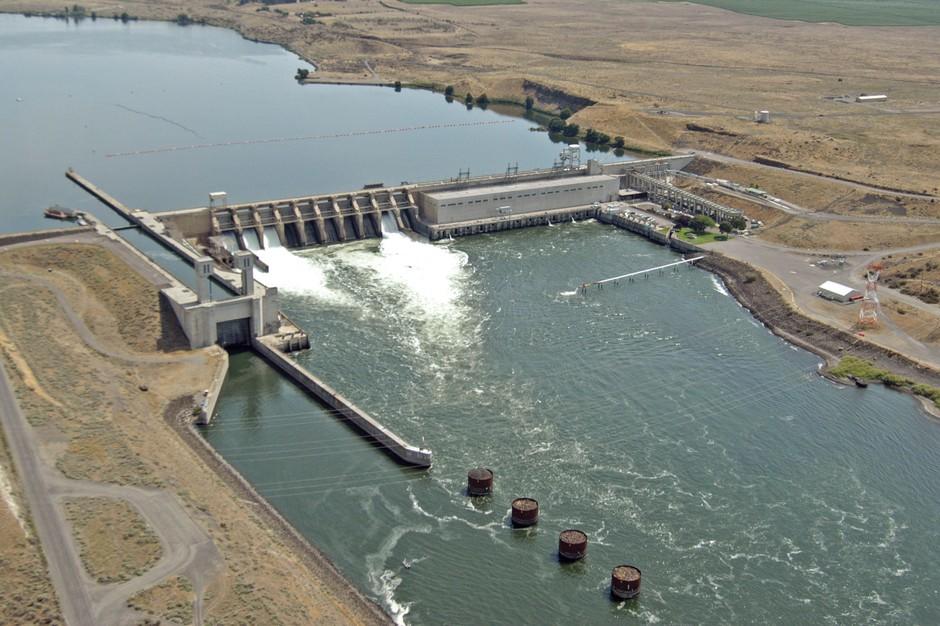“It really is a new generation of turbine design for our hydropower system,” said the Corps’ Martin Ahmann. He’s helped to design these new turbines for most of his career.
This new turbine has been shown to increase juvenile fish survival rate to more than 98%.
“It allows us, in the future, an opportunity to reduce our dependency on spill, fish passage and the need for screening our turbine intake to keep fish out of the turbines,” Ahmann said. “We see this as a viable passage route for juvenile salmon.”
The Pacific Northwest National Laboratory in Richland, Benton County, used specially designed mechanical fish, known as sensor fish, to test the pressure and blade strikes that fish could experience. Designers also tested the turbine blades with live fish, Ahmann said.
The new design will also increase energy efficiency by 4% — that’s enough to power 3,000 homes.
“Improvements that we make for fish generally result in improved efficiency for power,” Ahmann said.
The first turbine design is what’s known as a fixed-blade turbine, which works much like a boat propeller, Ahmann said. The second design will feature an adjustable blade design, where the blades on the propeller pitch to make the turbine more efficient.
The Army Corps plans to install 14 new turbines at McNary Dam and 16 at John Day Dam — both on the Columbia River — over the next several years.



